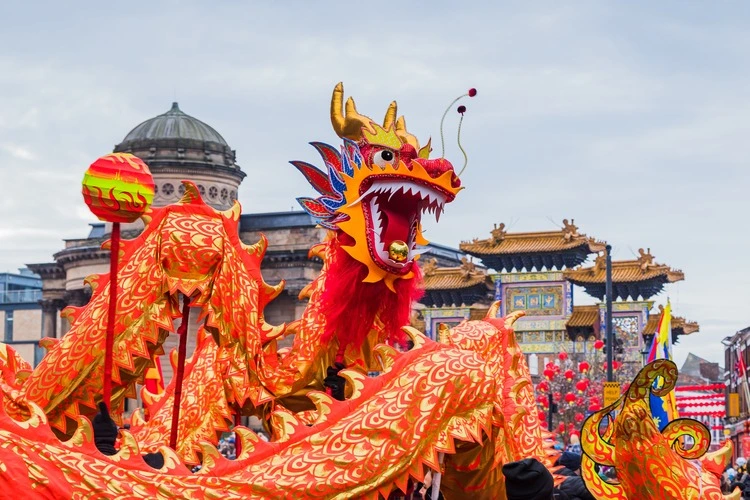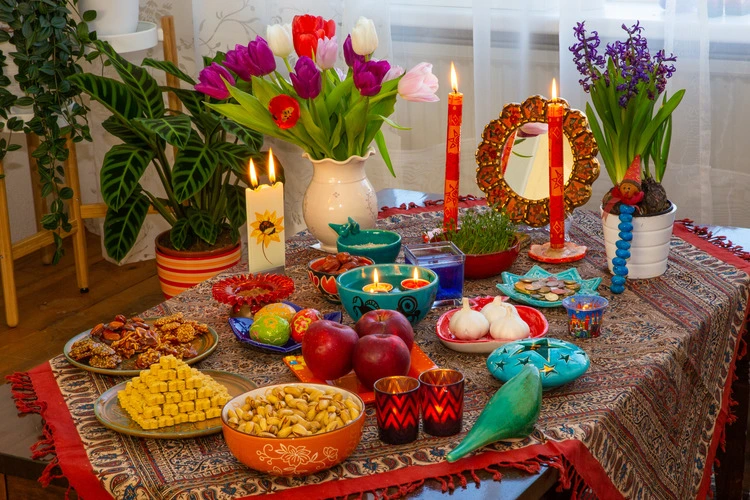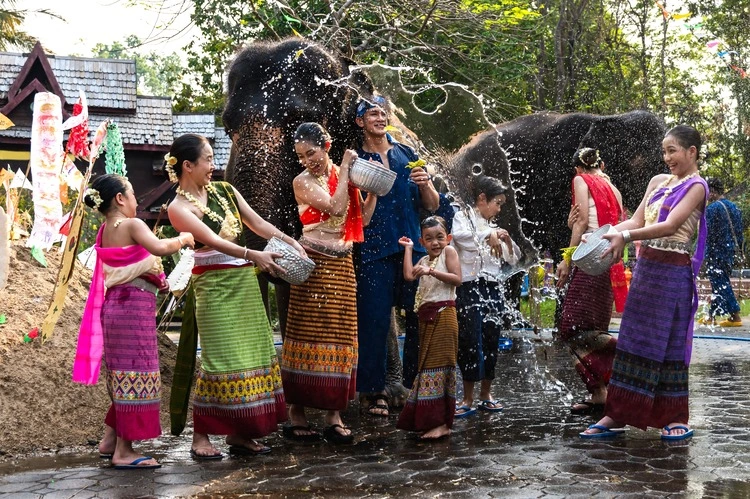
From Lunar New Year to Ethiopia’s Enkutatash celebrations, discover the variety of countries which celebrate New Year’s Day outside of 1 January
By
Yesterday marked the beginning of Lunar New Year festivities, as millions around the world celebrated the Year of the Snake. For those who follow calendars outside of the Gregorian calendar – the most commonly used one in the world – 1 January is not synonymous with the beginning of a new year.
So, which places ring in the New Year on other days, and what exactly do these celebrations entail? Here are just a few of the many around the world with New Year’s Day celebrations not on 1 January …
Lunar New Year
Welcomed in by countries including China, Vietnam, Singapore, Cambodia – as well as those with a significant overseas Chinese population – Lunar New Year falls on a different date each year according to the first day of the first lunar month. This year, celebrations took place on 29 January, marking the beginning of a 15-day period of festivities which culminates in a lantern festival.
Each year of the lunar calendar is associated with a particular animal, and 2025 is the Year of the Snake, which according to the Chinese Language Institute represents transformation, introspection and growth.
Tibetan New Year (Losar)

In Tibet, New Year’s Day occurs on the first day of the first month of the Tibetan lunar calendar. Known as Losar (from ‘lo’, meaning ‘year’ in Tibetan, and ‘sar’ meaning new), this can often coincide with Lunar New Year, but there have been occasions where the timing of the two celebrations can differ by days or an entire month.
Enjoying this article? Check out our related reads:
Traditions include the preparation of a noodle dish known as guthuk on New Year’s Eve, while on the day itself, activities include praying and chanting in a New Year ceremony called Monlam.
The culmination of New Year celebrations occurs 15 days later, where people will light butter lamps and display carved butter sculptures of various deities, animals and flowers in the Butter Lamp Festival.
Persian New Year (Nowruz)

Persian New Year is celebrated by a range of countries – from Iran to Azerbaijan, Kazakhstan and Iraq – and occurs on the first day of spring on the Iranian calendar, usually 21 March. The event has been celebrated for around 3,000 years in certain regions.
Festivities last for thirteen days, and although traditions vary between countries, there are several which remain fairly common: such as ritual dances, and preparing a Haft-Seen table.
This table, often created together as a family, must contain seven items which start with the letter S in the Persian language. Items such as coins (sikkeh), wheat (sabzeh), berries (zumac) and vinegar (sirkeh) can all be placed on the table, with each item carrying a particular meaning. For example, coins represent wealth, while wheat is for renewal, good fortune and rebirth.
Thai New Year (Songkran)

Traditionally, Thai New Year is celebrated on 13 April – or whenever the first full moon according to the Theravada Buddhist calendar is – from which point a three-day festival occurs.
One of the major activities in modern-day Songkran celebrations is water fights with large buckets of ice water and water guns. This stems from a traditional aspect of festivities that involves a water pouring ceremony of scented water onto Buddha images in temples, an action which symbolises washing away the old year.
Balinese New Year (Nyepi)

Bali’s New Year is also known as the ‘Day of Silence’, and in 2025 takes place on 29 March. It is observed following March’s new moon, and unlike other New Year’s Days above, occurs entirely in silence to focus on introspection and prayer.
All lights must be turned off at night, and any sound and music indoors must be kept to a minimum. Transport comes to an entire standstill except for emergency vehicles – including road traffic and the island’s airport – and all shops are closed. To ensure these rules are followed, local community watch patrols around the island in shifts.
The day before Nyepi, however, celebrations are loud as individuals head to the streets with large papier-mache figures known as Ogoh-Ogoh, while music is played. These figures are then torched to reflect the banishing of any evil spirits that have come to the island that year.
Ethiopian New Year (Enkutatash)

Usually, Ethiopian New Year falls on 11 September, and is celebrated by enjoying feasts of traditional dishes including doro wot (spicy chicken stew), kitfo (minced raw beef marinated in spices) and injera (sourdough flatbread), as well as dancing to traditional music, praying and singing.
The Ethiopian calendar – known as the Ge’ez calendar – has a different start date to the Gregorian calendar, and is around seven or eight years behind due to variations in how historical events were recorded. That means that 2025 in the Gregorian calendar is 2018 according to Ethiopia’s Ge’ez calendar.



